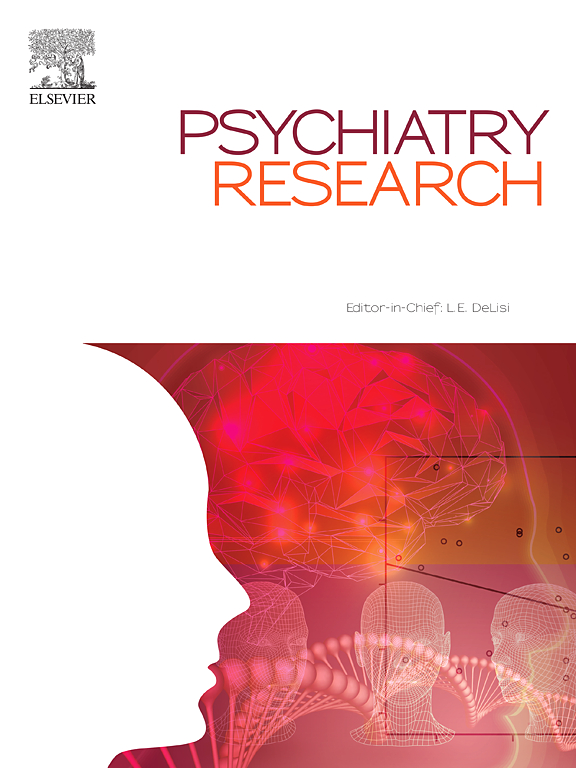Using speech analysis in virtual agent conversations to differentiate PTSD patients from control participants
IF 4.2
2区 医学
Q1 PSYCHIATRY
引用次数: 0
Abstract
Diagnosing posttraumatic stress disorder (PTSD) remains challenging due to clinical overlap with conditions like depression and patients' reluctance to disclose symptoms. This study analyzed pre-existing data to investigate whether speech features extracted from semi-structured interviews with a virtual avatar could enhance traditional diagnostic approaches by utilizing automated voice analysis, which can detect nuances beyond human hearing, potentially improving sensitivity and specificity in diagnosing PTSD. Leveraging the DAIC-WoZ dataset (Gratch et al., 2014), which includes 142 dialogues (average length: 954 s) between participants and a virtual avatar, we extracted content and acoustic features from transcripts and audio recordings. Group comparisons aimed to identify differences between PTSD and non-PTSD participants, as well as distinctions between PTSD participants with and without comorbid depression. Key findings revealed that PTSD participants expressed more negative sentiment in their speech (η²=0.82, p < 0.001) and used less frequent words (η²=0.65, p < 0.001) compared to controls. To demonstrate the utility of speech features, classification models were developed to differentiate PTSD and control participants. A linear model with twenty-one speech features (balanced accuracy = 0.70) outperformed a model based solely on demographic data (balanced accuracy = 0.53). Subgroup analyses found no significant differences in speech features between PTSD participants with and without comorbid depression. These results suggest that automated speech analysis, facilitated by virtual avatars, can identify linguistic markers of PTSD, potentially aiding diagnosis and reducing barriers to disclosure. However, further research is needed to generalize these findings and explore their utility in clinical practice.
求助全文
约1分钟内获得全文
求助全文
来源期刊

Psychiatry Research
医学-精神病学
CiteScore
17.40
自引率
1.80%
发文量
527
审稿时长
57 days
期刊介绍:
Psychiatry Research offers swift publication of comprehensive research reports and reviews within the field of psychiatry.
The scope of the journal encompasses:
Biochemical, physiological, neuroanatomic, genetic, neurocognitive, and psychosocial determinants of psychiatric disorders.
Diagnostic assessments of psychiatric disorders.
Evaluations that pursue hypotheses about the cause or causes of psychiatric diseases.
Evaluations of pharmacologic and non-pharmacologic psychiatric treatments.
Basic neuroscience studies related to animal or neurochemical models for psychiatric disorders.
Methodological advances, such as instrumentation, clinical scales, and assays directly applicable to psychiatric research.
 求助内容:
求助内容: 应助结果提醒方式:
应助结果提醒方式:


